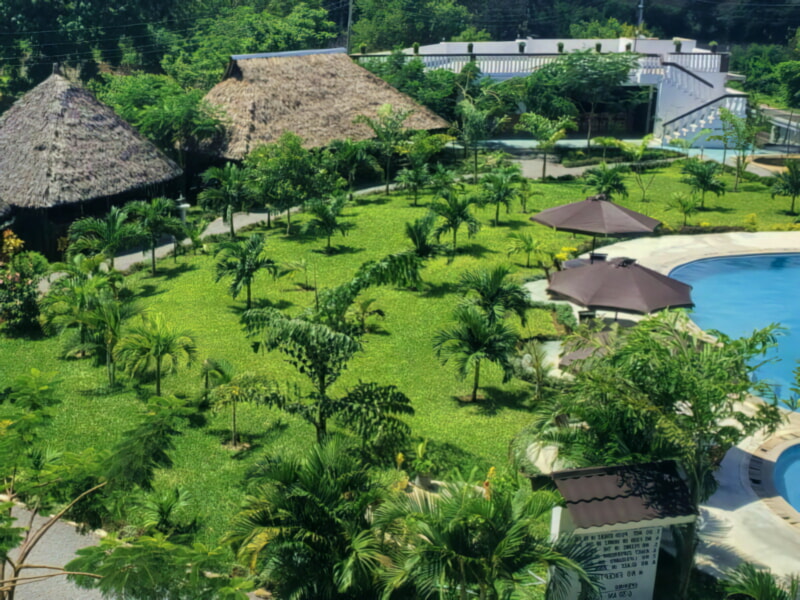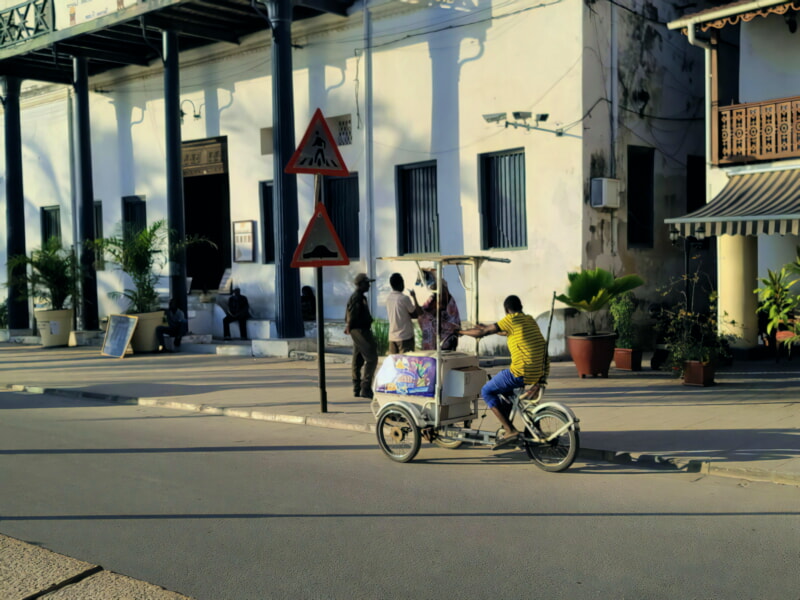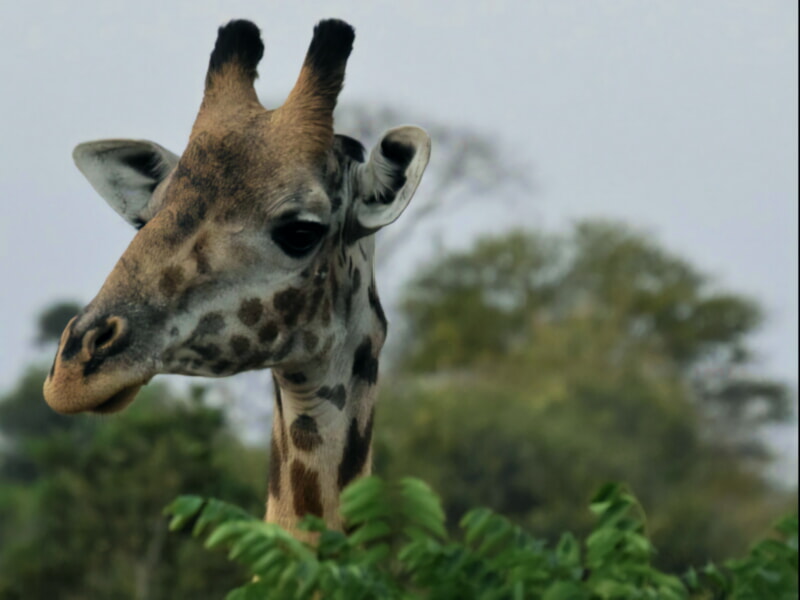When visiting Zanzibar City, you'll find a myriad of activities to explore. From lively beaches to chaotic markets and Arabian-style rooftop bars, there's a lot to see here!
But one of the best things to do in Stone Town is simply wandering its narrow streets. It's packed with charming historical sights, and it’s the perfect place to soak up some local culture.
Stone Town
Stone Town is the historic district of Zanzibar City, a UNESCO World Heritage Site. Its architecture has a unique blend of Arabic, Persian, Indian and European influences.
This historic district has narrow cobblestone streets lined with a variety of buildings including houses, shops, bazaars and mosques. Although most streets are too narrow for vehicles, bicycles and motorbikes are used to get around.
If you’re a history buff, don’t miss the Palace Museum. It’s a good introduction to Zanzibar’s history and offers an insight into the island’s many different cultural influences.
The nightly market at Forodhani Gardens is another must-visit spot, where locals and tourists gather to eat street food. Colourful stalls offer everything from coconut bread and kebabs to fresh fruit drinks.

Darajani Bazaar
One of the most vibrant markets in Zanzibar City, Darajani Market is a great place to get a taste of local life. It’s a hive of activity where locals go for all things, from fresh fruits and vegetables to meat, fish and spices.
You’ll find vendors selling shoes, clothes, toys and knick knacks as well. You’ll also see people selling traditional Islamic hats called kofia, a common sight throughout Zanzibar and across East Africa.
We toured this market during our Zanzibar Tour and it was fun to see all the different spices and fresh produce. It was a little overwhelming at first, but it’s definitely worth a visit.

Arab Fort
The Arab Fort, or Ngome Kongwe as it's known in Stone Town is one of the most iconic landmarks on the island. It's an architectural gem and a must-visit if you're in the city.
In this area, you'll find Arabic and Swahili inluences and winding lanes of carved doors, minarets and 19th century palaces. This historic part of the city is a UNESCO World Heritage Site, and it's an incredible place to spend some time.
The Fort is located within the Old Quarter of Stone Town, and has recently been transformed into a cultural centre with curio shops, an open-air amphitheater where dance and music shows are held most evenings, and a tourist information desk. It's also home to large events like Sauti za Busara and the Zanzibar International Film Festival.

Forodhani Gardens
Forodhani Gardens is located in Zanzibar City, and it is a popular spot for people to spend their evenings. It is close to Stone Town’s famous attractions like the Old Fort and House of Wonders.
In the late afternoons, Forodhani Gardens transform into a bustling street food market. It is a great place to sample some of the local delicacies and seafood that is freshly harvested from the Indian Ocean.
There are so many dishes to choose from, but one of the most famous is Zanzibari pizza which is made out of thin dough and filled with veggies or meat and topped with a fried egg and mayo.
There are also endless choices of grilled seafood, sugar cane juices with ginger and gyro or fresh fruit salad. Whether you are a foodie or not, it is worth checking out Forodhani Gardens for their unique mix of cultures and cuisines.
Mnemba Island
Located off the northeast coast of Unguja, Mnemba Island sits within a halo of coral reef. This exclusive island is a barefoot luxury paradise with rustic exclusivity unparalleled on the African coast.
There are no shortage of activities here – from snorkeling and sea kayaking to massages on the beach and just hanging out by the water. There’s also deep sea fishing, with the possibility of catching king fish, barracuda, tuna, mackerel and sailfish.
There’s also a marine conservation area around Mnemba Island that’s home to humpback whales, green turtles, and dolphins. The seabed is rich in tropical fish, with shoals of Moorish idols, snappers and clownfish. You can even see ghost crabs, a species native to the region that can weigh up to five kilograms and live up to 60 years.
